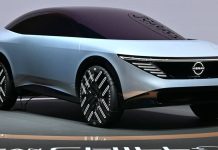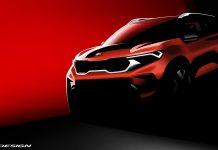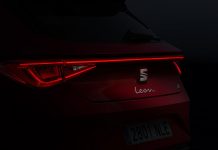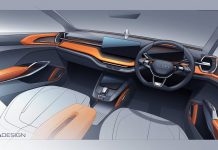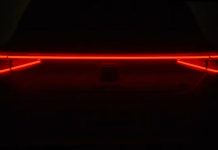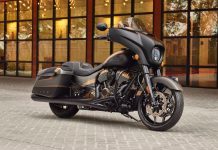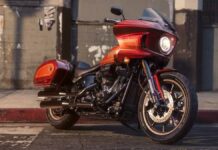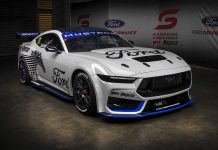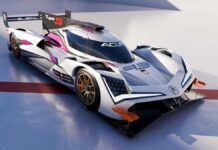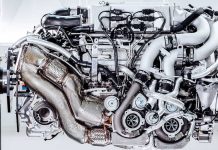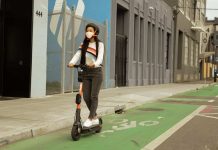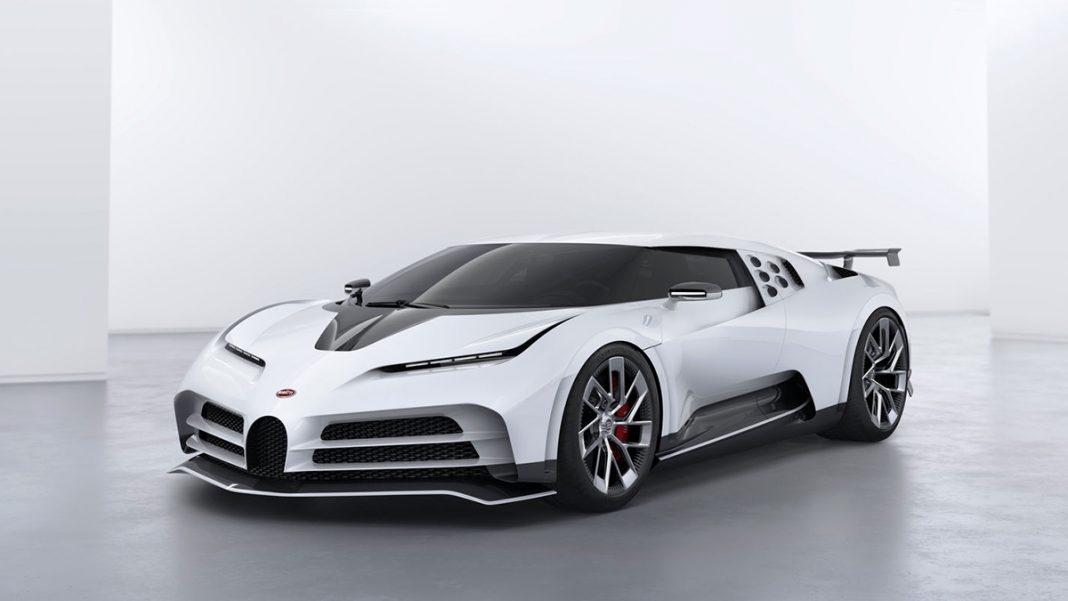Black as night, a flat hood and a long wheelbase. In March, Bugatti presented the ultimate Gran Tourismo: La Voiture Noire, an extraordinary and unique specimen. The French manufacturer of hyper sports cars has now repeated its work in the spirit of the coachbuilding tradition with the new Centodieci. This homage to the super sports car of the 1990s, the EB110, will be produced over the next few months in a small series of just ten vehicles.
Bugatti vehicles are individual masterpieces
All Bugatti vehicles are unparalleled and highly customised masterpieces of automotive craftsmanship. With its coachbuilding, the French manufacturer goes one step further to create even more individualised vehicles. Unique in quality, technology and design. “The cost of small series and one-off vehicles is a challenge even for an exclusive manufacturer like Bugatti. But we’re happy to take on this challenge because we aspire to offer our customers very distinctive hyper sports cars,” says Pierre Rommelfanger, responsible for special projects at Bugatti. The 42-year-old has been working for Bugatti as head of “one of/few of” projects for 14 years, with breaks: he oversees the special vehicles from the initial idea through to presentation.
Each of the three small-series models presented to date – the Divo, La Voiture Noire and the Centodieci – came into being in very different ways. “We essentially develop an idea of the statement we want to make with a particularly exclusive model, then we create an initial design concept and present it to some customers in order to test their reaction,” says Rommelfanger. As in the case of the Divo, this might be a vehicle with a modified character for outstanding lateral acceleration, thereby further honing the core Bugatti properties of quality, performance and design. Or vehicles that invoke and reinterpret models from Bugatti’s rich history, such as the La Voiture Noire and the Centodieci.
Coachbuilding allows even greater vehicle customisation
In terms of coachbuilding, Pierre Rommelfanger and his team opt for clear visual and technical differentiation from the production model Chiron, even though the Chiron itself is far from being a regular series-production car, being limited to just 500 vehicles. Within the company’s lean and fast-reacting organisation, up to 20 employees are responsible for the particularly rare vehicles and report directly to Bugatti President Stephan Winkelmann on a regular basis. Various creative employees and departments, as well as certain selected partners, collaborate on these projects.
The Divo is a revival of the famous Bugatti tradition after many decades. Extensive body optimisations have changed the character of this vehicle, making it a hyper sports car built for corners. “The Divo performs much better than the Chiron in terms of lateral acceleration, agility and cornering response,” says Stephan Winkelmann, President of Bugatti. It is an idea that has met with great customer interest: even before the official world premiere, the small series limited to 40 vehicles was already sold out – at a net unit price of five million euros.
What makes Bugatti’s work so special is the high quality standards that customers expect. Despite the small editions, the hyper sports cars are in an exceptional and highly exclusive league: no other manufacturer in the world combines luxury cars with hyper sports cars that reach speeds of 420 km/h . When it comes to safety-related factors such as stiffness and crash behaviour, the developers naturally take no risks and draw on the tried-and-tested technology of the Chiron. They also rely on the iconic and well-established 8.0-litre 16-cylinder engine with at least 1,103 kW/1,500 hp. In the Centodieci the engine even achieves an output of 1,176 kW/1,600 hp. Changes to the body, aerodynamics, chassis, gears and seats result in a wide variety of individual models. “It’s crucial for the newly created vehicle to be able to stand on its own as an independent model and be recognised as such,” says Rommelfanger. For this reason, each edition has modified headlamp systems, taillamps and adapted front and rear sections.
Long coachbuilding tradition at Bugatti
In this way, the French manufacturer is reviving its long tradition and transforming the idea of high customisation for the 21st century. Since Bugatti was founded 110 years ago, its vehicles have been beyond compare – both technically and aesthetically. As company founder Ettore Bugatti put it: “If it can be compared with anything, it’s no longer a Bugatti”. From an early stage, the French luxury brand offered exceptional options for Bugatti customers with demanding aesthetic standards: coachbuilding – the art of putting exclusive vehicles into an even more exclusive shape.
The word coach refers to a carriage or car. “It’s equivalent to haute couture in the fashion industry. Coachbuilding is about creating unique specimens – tailor-made cars to meet individual tastes,” says Stephan Winkelmann. Until the early 1920s, Bugatti was still concentrating on technology; a bodywork department was not set up in Molsheim, Alsace, until 1923. Ettore Bugatti was of the opinion that a car was only perfect if it was impeccable from an aesthetic point of view. His son Jean therefore increasingly focused on ensuring that the body design was given greater importance in the company.
Coachbuilding is about more than just altering the bodywork
The difference in terms of today’s coachbuilding vehicles is that in the past, master body-makers simply tailored different body shapes to a chassis – they did not actually change the technology. In current Bugatti one-of or few-of models, the further development and honing of technical components results in new vehicles with a different driving response as compared to the Chiron. “Customers of our particularly exclusive vehicles get a different driving experience in addition to a different look. No two vehicles are the same, each one is given an individual colour composition in line with the customer’s wishes,” says Pierre Rommelfanger.
The project manager is thrilled to be part of this story. “We’re are now recreating what Ettore Bugatti produced 110 years ago. Partly with history in mind as in La Voiture Noire and the Centodieci, partly pursuing entirely new ideas such as in the Divo,” he says. He is also fascinated by customers’ reactions, their enthusiasm for the new shapes and vehicles – which is a tremendous boost to motivation. He describes the Divo as his favourite coach-built car because it is the first highly individualised Bugatti of modern times, and the enthusiasm among customers is so infectious it is felt by the entire team.
Collaboration in a small and very agile team, whose members come from various Bugatti departments, is particularly challenging and exciting. “Due to the exclusive nature and small number of vehicles, we can use different materials and techniques, as shown by the 3D-printed grilles of the Divo,” says Rommelfanger.
Bugatti has now presented three new vehicles in the coachbuilding tradition – the Divo, La Voiture Noire and the Centodieci. “Over the coming months we will continue to develop these in quiet concentration with great care, before finally producing them by hand,” says Rommelfanger. And Bugatti will certainly continue to focus on coachbuilding – very much in the spirit of Ettore Bugatti himself.








